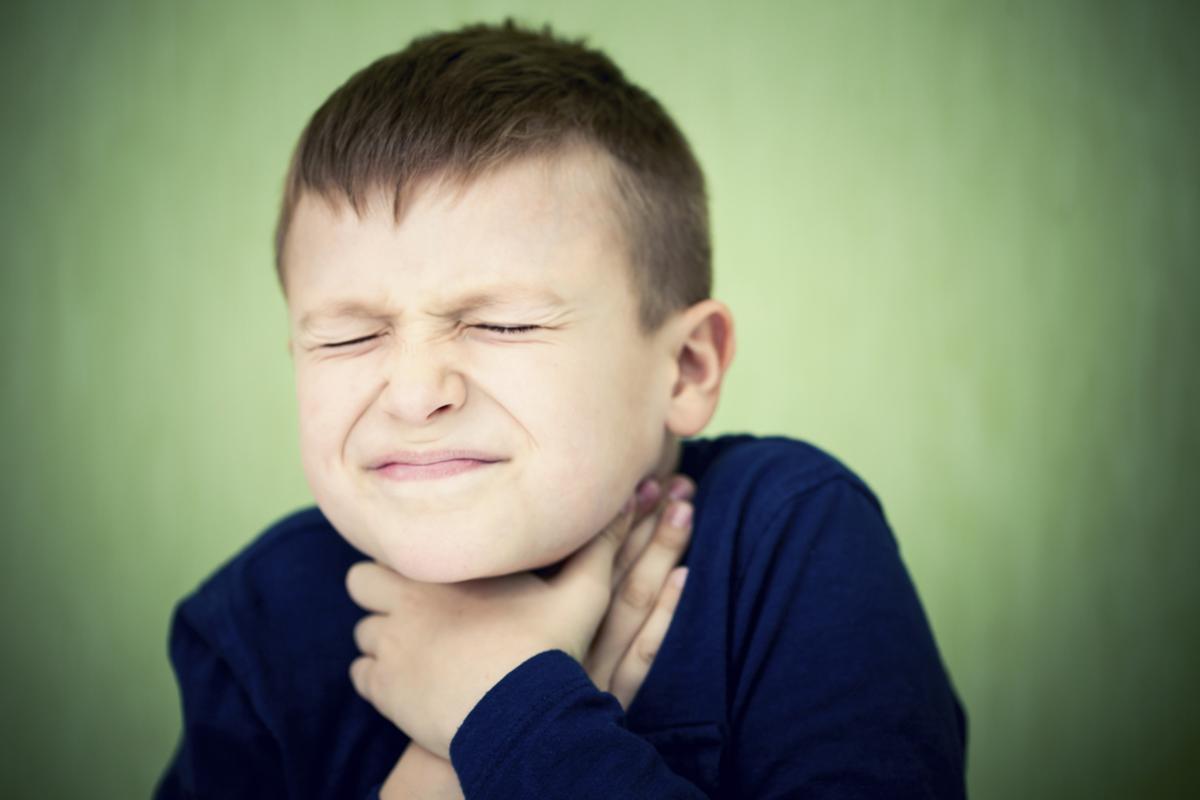
Swollen lymph nodes is a common health problem seen in children, which is an indication of an infection. In this article, we have highlighted the causes, symptoms, and treatment of this condition.
There are several lymph nodes of various sizes all over the body. It is not possible to feel a single lymph node present in the body. However, a group of lymph nodes found in areas, like the neck, groin, and underarms can be felt by touching the area. They have a major role to play in fighting viruses, bacteria, and other infections that attack our body. When there is some kind of an infection in the body, the lymph nodes tend to become swollen and painful. Such a condition is more common in children than in adults.
Probable Causes
The lymph nodes that are present in the neck, armpits, groin, and under the chin get swollen in most of the cases. The location of the swollen lymph nodes helps to identify the underlying cause of the condition. The most common as well as the most frequently occurring cause is common cold. Apart from this, following are the other common causes:
- Diseases caused by viruses, like chickenpox, mumps, and measles
- Strep throat caused by bacterial infection
- Allergic reactions
- Infection inside the ear
- Infection of the tooth
- Mononucleosis caused by viral infection
- Side effects of certain medicines and vaccinations
- Swollen lymph in the armpit may occur because of an injury or wound infection in the arm/hand
- Lymph nodes in the groin can get inflamed due to an injury or skin infection of the foot, leg, groin, or genitals
- Some of the serious causes include immune system disorders, like arthritis, tumor, cancer, etc.
Symptoms Observed
The usual size of the lymph nodes is not even half of an inch. When they get swollen, the size gets increased to its double. They tend to harden up and the shape may get distorted. Due to the swelling, the nodes and the surrounding area becomes tender and warm to the touch. The skin over the lymph nodes may also turn red. Other accompanying symptoms are fever, sore throat, and runny nose. Sometimes, the child may experience difficulty in breathing and swallowing. In some serious cases, because of the swollen node, the child may find it difficult to move the neck. If the size of the lymph nodes keeps increasing, it could be a sign of a tumor.
Treatment Options
➜ When your child is suffering from swollen lymph nodes, the first thing to be done is to put the child to rest. Then, take the advise of your doctor for the next course of action. Do not try any over-the-counter medicine without consulting a doctor.
➜ In order to provide some relief to the pain, you can apply a warm wet towel on the painful node. Doctors diagnose the cause by physically examining the nodes. Medicines are prescribed to reduce the pain and fever.
➜ Bacterial and other infections are treated with antibiotics. In case it is caused by some other diseases, then treatment for that is done accordingly. The medicines should be given to the child as directed by your physician.
➜ When antibiotics are given, the entire course of medicines should be completed even if you find that the symptoms have subsided after 1 or 2 days. Children often tend to their lose appetite and are not interested in eating anything. You have to ensure that the child continues to eat healthy food. Drinking of plenty of water is also essential for the purpose of flushing out the toxins from the system.
Most of the cases of swollen lymph nodes are not very serious in children. The symptoms tend to last for 2 to 4 weeks and thereafter disappear. It is only in some rare cases that it could be a symptom of a cancerous growth in the lymph nodes, which may require a surgical removal.
Disclaimer: This HealthHearty article is for informative purposes only and should not be used as a replacement for expert medical advice.


